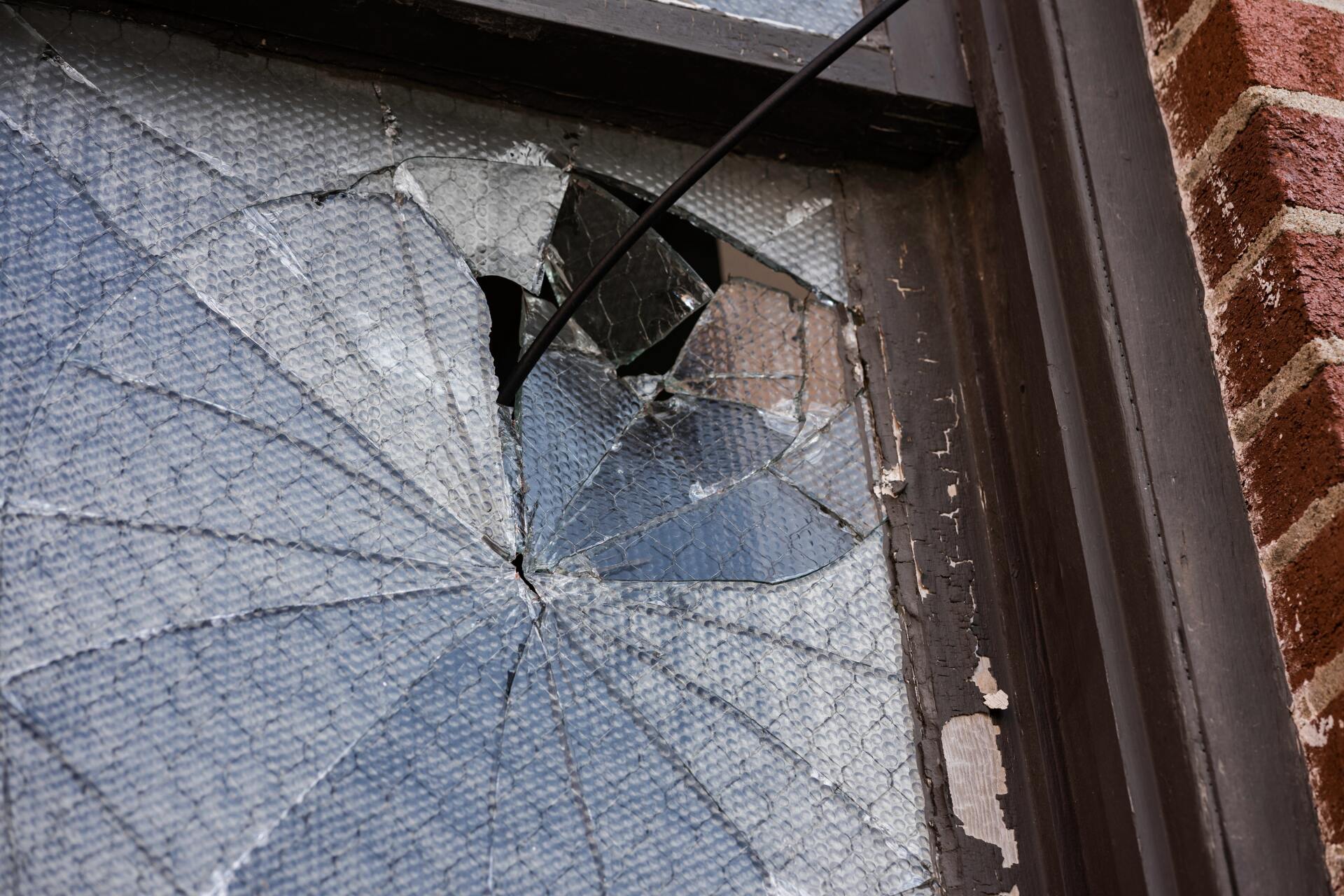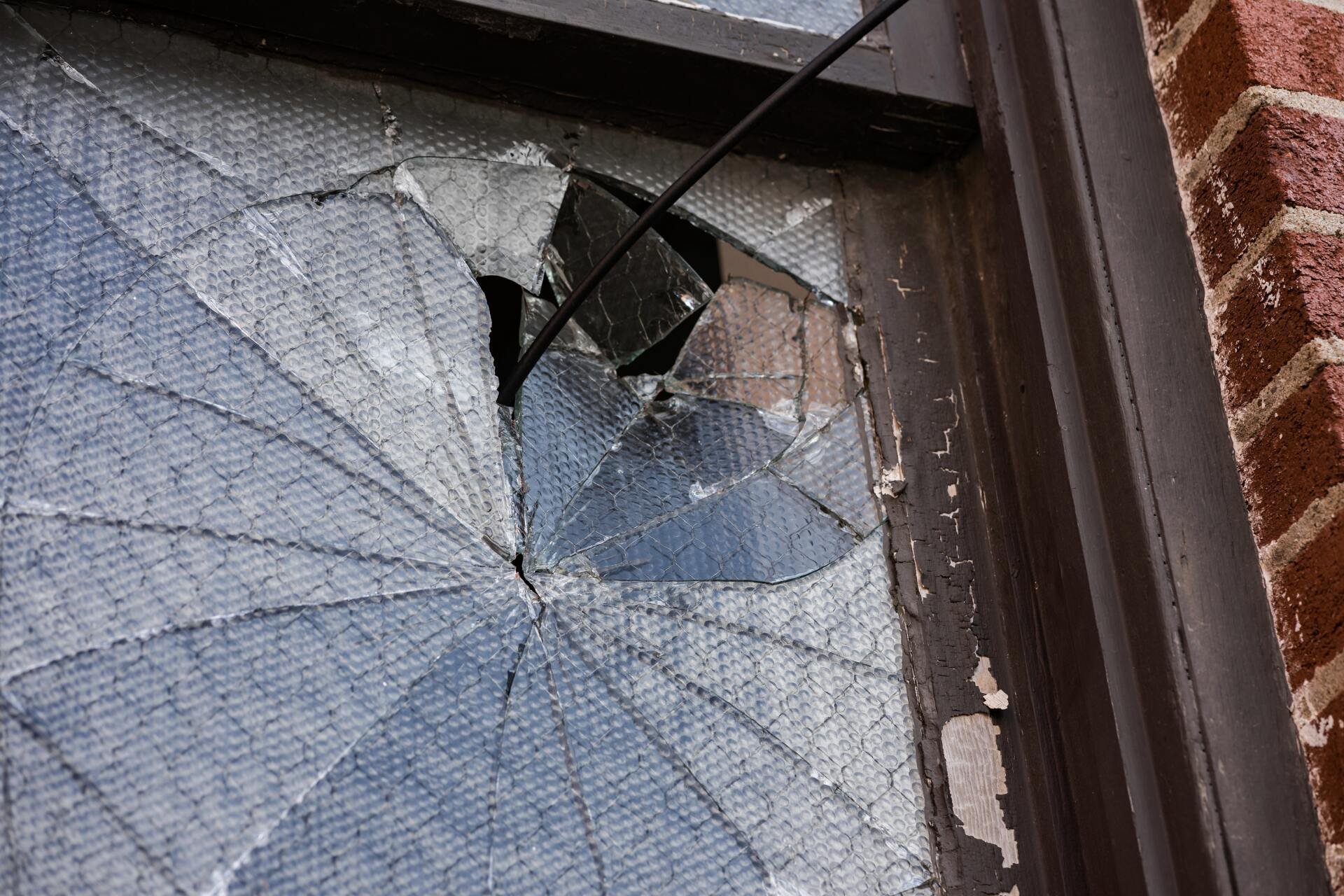Time to be heard. That’s the subtitle of the Housing Ombudsman Service’s latest report, Spotlight on: Noise Complaints. A detailed 58-page report with 32 recommendations ranging from changing policies to building community relations and working with other agencies.
But since the report was published in late October 2022, it’s been a busy few months for social housing providers.
Much focus has been on damp and mould issues, particularly with the Regulator of Social Housing’s call for evidence following the inquest into the death of Awaab Ishak. So it’s understandable if noise nuisance hasn’t been top of your priority list.
But it’s important not to lose sight of noise issues. Particularly as the second largest category of complaint received by the Ombudsman between 2019 and 2021 was the response to reports about tenant behaviour — leading to a maladministration rate of 43%,
So in this article, we’re going to look at three of the main themes from the report and how some of the recommendations tie into other aspects of good housing management.
1. Getting the framework right
We start with what the Housing Ombudsman sees at the heart of its findings: “a fundamental unfairness”.
Three-quarters of all noise reports are about ordinary household noise: movement, intermittent music, and everyday living. They’re not about anti-social behaviour. So why do over three-quarters of landlords (76%) respond to reports by using their ASB policy?
The Ombudsman says this approach is unfair – not only to the resident making the complaint but also to the resident who the complaint is about.
It can lead to “a kind of purgatory” for the complainant. Completing countless diary sheets. Making sound recordings. Trying to prove their neighbour has been antisocial when the reality is, in most cases, the statutory threshold won’t be reached.
A more holistic approach is needed. One that distinguishes between what might be genuine ASB and what might just be household noise accentuated by the age and type of the building.
To help both landlords and residents, the Ombudsman wants to see the Decent Homes standard revised to reflect the realities of modern living.
2. Prevention is better than cure
What does noise cost?
According to the report, noise leads to both human and financial costs. “It costs individuals their mental health and well-being and it costs landlords in protracted and often futile interventions, multi-agency liaison and staff morale.”
For the Ombudsman, these costs are underestimated. But also, to some extent, avoidable.
Around 13 of the recommendations in the report are aimed at preventing possible causes of noise. These include updating the void standard to ensure:
- Carpets aren’t removed unless they’re in a poor state of repair
- Properties have adequate insulation from transference noise
- And anti-vibration mats are fitted into the washing machine space as standard.
3. Handling a noise report
Preventative measures won’t resolve all issues. So how should you handle matters once they escalate to a noise report?
The report makes recommendations on matters such as:
- Equipment
- Working with other agencies
- And record keeping (which is the subject of the next Spotlight report).
There are three key areas of focus, however. All three concern effective communication.
Triage
The Ombudsman says poor communication is frequently the reason for their maladministration findings. One way to strengthen communication is through triaging reports to make sure you apply the correct approach.
Routinely using an ASB policy to handle noise reports may be one of the reasons why the uptake of mediation is poor. Managing a noise report under the label of ASB may also unduly raise expectations as to likely outcomes.
Instead, having two clear policies – one for good neighbourhood management and one for issues that meet the ASB threshold – gives residents clarity early on in the process and helps to manage their expectations.
Respect
One of the Ombudsman’s central concerns is the degree of respect given to residents’ complaints. “Where the resident is not afforded respect, neither are their concerns.”
The service didn’t find any evidence of actual bias in the cases it investigated. But there were instances of a perception of bias.
It heard from residents who felt their motives for raising a noise report were being questioned by their landlord. This was often in cases where the resident had complained before. Or where the resident was elderly and they were making a complaint about neighbours with young children.
Housing associations should make sure the tone of communication doesn’t result in perceptions of bias and that it isn’t dismissive of residents’ concerns.
They should also start preparing for the Access to Information Scheme. Because when that scheme is up and running, residents will be able to access your internal communications.
Timeliness and communication
In nearly all cases investigated by the Ombudsman, residents were frustrated by a lack of communication and delay. In particular, this happened when the landlord had been quick to communicate at the start of the process but then seemed to stop responding or providing updates.
Residents weren’t notified that there would be a delay and there was a glaring absence of proactive ‘holding letters’.
So, even where you’re unable to anticipate a delay, once you’re aware you won’t be able to meet the timescales you’ve given a resident, tell them as soon as possible and give them a revised date.
Not losing sight of noise
As the Housing Ombudsman himself acknowledged in a recent podcast, social housing landlords are facing a number of real challenges. But it's important not to forget about noise nuisance. The fact that the Ombudsman’s maladministration rate on non-statutory noise complaints is 62% underlines this.
It’s unlikely you’ll be able to act on all of the Spotlight report’s recommendations immediately. And you might find that, for the circumstances of your organisation, some ideas and suggestions are more practicable than others.
But by starting to think about noise nuisance in a more holistic way, there’s an opportunity to make long-term savings, strengthen community bonds, and reduce the risk of maladministration findings.
If you would like some advice on handling a noise report or need a hand with writing a good neighbourhood management policy, we’re here to help.






